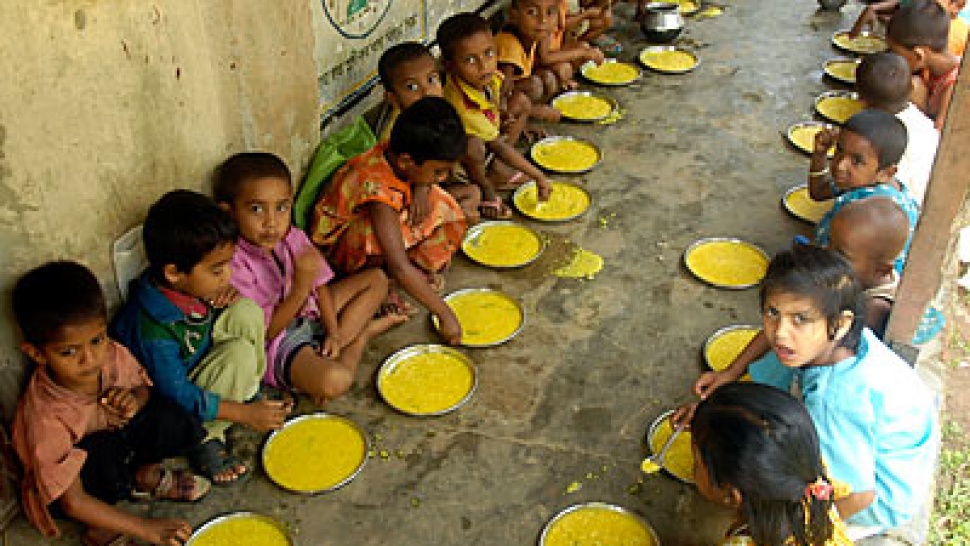Hospitals across Afghanistan have been registering significant increases in severe malnutrition among children, The New York Times reported on Saturday.
Severe cases have been reported in the provinces of Helmand, Kandahar, Kunar, Farah, Paktia and Paktika — all places where the US-led war has wrecked people’s lives and pushed the poor over the nutritional edge.
Medical sources and aid workers have mainly blamed continuing war and refugee displacement for the hunger crisis.
US-led war blamed for Afghan child hunger crisis
Afghanistan, one of the poorest countries on Earth, has already suffered due to the food crisis. The country’s most important staple food, wheat flour, has increased an average of nearly 60 per cent in one year.

Seeing the effects of this on the country’s poor, the Afghan government requested assistance from the international community to help Afghan households with low purchasing power. An Afghan joint appeal was launched on 24 January by UNICEF, the World Health Organization and the World Food Programme for $81 million to assist the 2.55 million Afghans most affected by the price rises.
The World Food Programme has been distributing food aid over the past months to the most vulnerable segments of the Afghan population, aiming to reach a total of 2.5 million Afghans in urban and rural areas within the first half of the year under this programme.
In a separate development, Pakistan agreed on May 6 to export 50,000 tons of wheat to Afghanistan to avert a food crisis there, and said it will reach an agreement on further exports with the Afghan government.
Meanwhile, discussions between the United Nations and the government of Afghanistan are ongoing to look what steps need to be taken once food from this appeal comes to an end. These include importing wheat to meet short-term food needs, looking at the viability of creating strategic grain reserves in the medium term, and building the capacity of Afghanistan's agricultural sector in the longer term, so that Afghanistan can become self-sufficient in food, with the assistance of the United Nations Food and Agriculture Organization (FAO).




Share the News